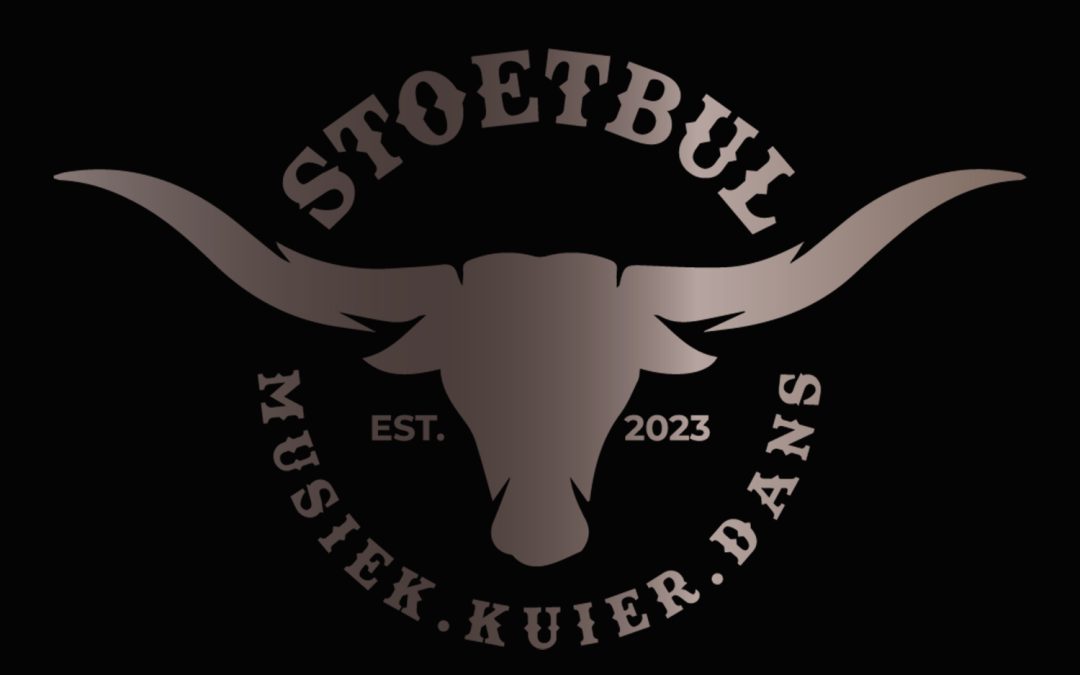Symbolism and Visual Elements play a crucial role in creating an effective logo design. They help convey the desired message, evoke emotions, and create a memorable brand identity.
Symbols are graphical representations that carry meaning or represent specific ideas or concepts. A symbol can be a simple shape, object, or graphic element that is easily recognizable and closely associated with a particular brand or industry. For example, a green leaf symbolizes nature or environmental sustainability, while a swoosh represents speed and movement.
Visual elements encompass the various design components that contribute to the overall aesthetic appeal of a logo. These include lines, shapes, textures, and patterns that are used strategically to enhance the logo’s visual impact and communicate the intended message.
The selection of symbols and visual elements should align with the brand’s values, target audience, and industry. They should create a visual language that resonates with the viewer and reflects the brand’s personality or core values.
Using symbolism and visual elements effectively requires a deep understanding of design principles and how they can be leveraged to create a cohesive and visually appealing logo. Designers must carefully choose elements that are visually balanced, harmonious, and relevant to the brand’s identity.
By incorporating meaningful symbolism and thoughtfully selecting visual elements, a well-designed logo can communicate a brand’s essence in a single glance, leaving a lasting impression on its target audience.


Recent Comments